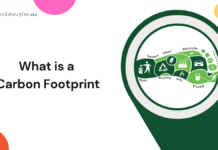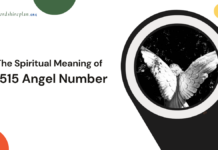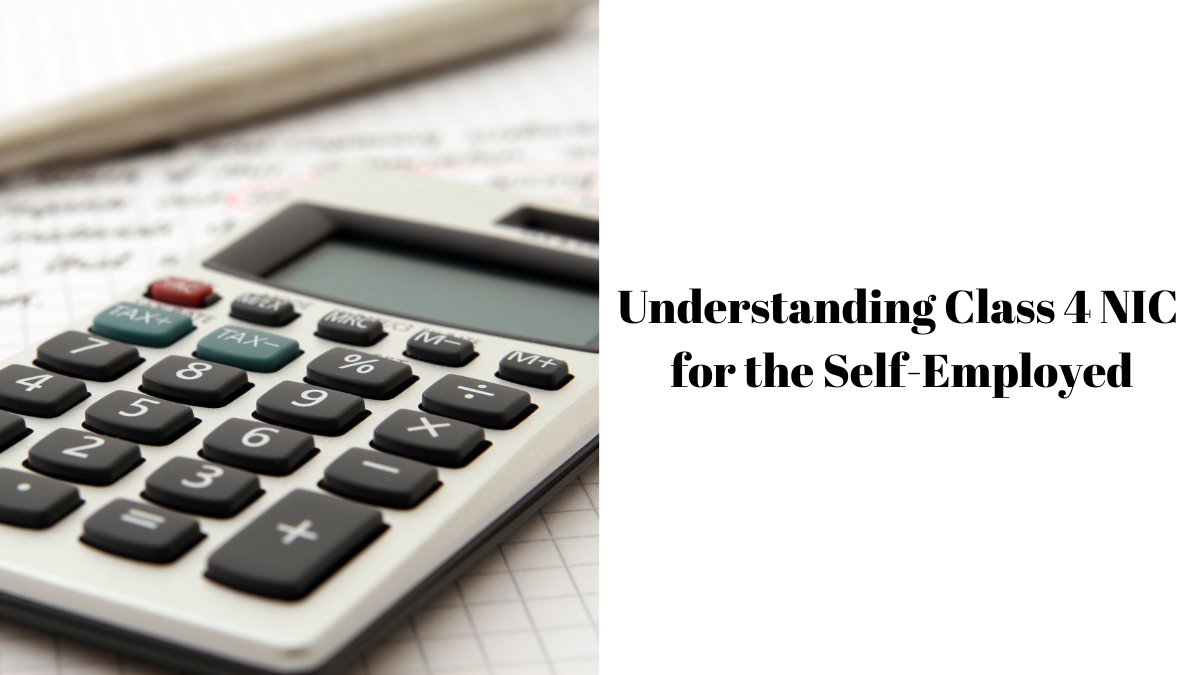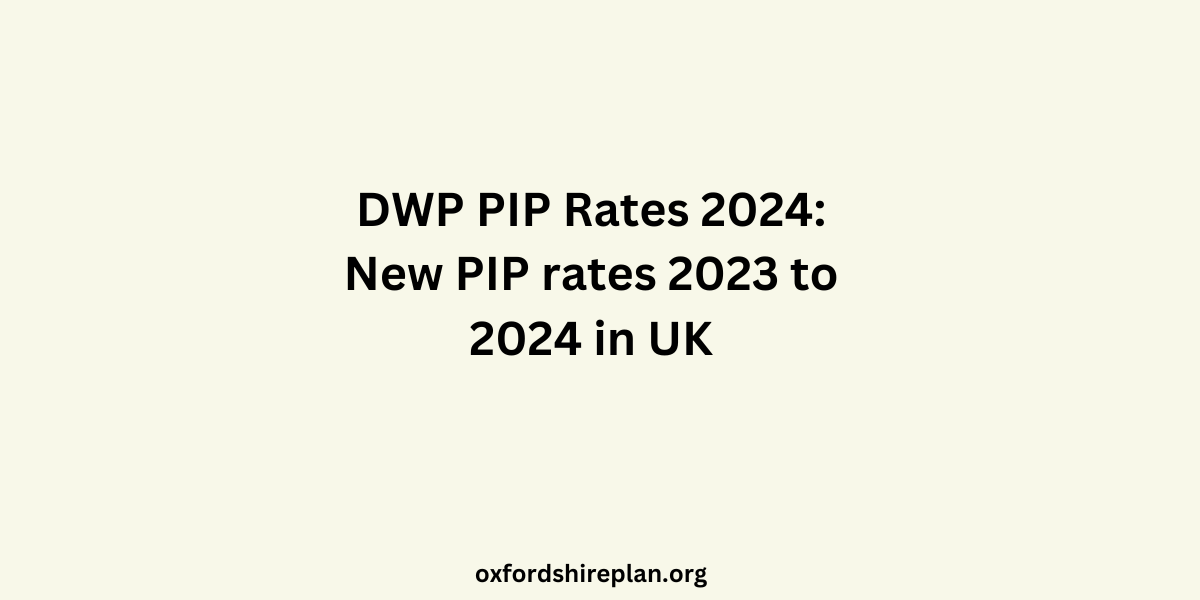Starting your own business is an exciting journey, but it also comes with its share of responsibilities. One of the key aspects you need to understand as a self-employed person is the National Insurance Contributions (NIC) you are required to pay. Let us talk about class 4 NIC more:
Contents
- What is NIC?
- Types of NIC for the Self-Employed
- Registering for Class 2 and Class 4 NIC
- Paying Class 2 and Class 4 NIC
- How Much Do You Pay?
- How to Pay NIC?
- Special Cases
- About voluntary contributions
- Why Pay NIC?
- What are the benefits of paying NIC?
- Can you explain how to calculate Class 4 NIC?
- Comparison of Class 2 and Class 4
- Conclusion
What is NIC?
National Insurance Contributions are payments made by workers and employers in the UK to fund certain state benefits. When you are self-employed, you contribute towards your state pension and other entitlements through NIC.
Types of NIC for the Self-Employed
As a self-employed person, you will mainly deal with two types of NIC:
- Class 2 NIC: This is a flat rate you pay if your business profits are above £6,515 a year.
- Class 4 NIC: If your profits exceed £9,569, you will also pay Class 4 NIC, which is a percentage of your profits
Registering for Class 2 and Class 4 NIC
Registering for Class 2 and Class 4 National Insurance Contributions (NIC) is an important step if you are self-employed in the UK. Here is a simple guide on how to register:
- Online Registration: You can register online by signing into your Government Gateway account and completing form CWF1.
- Phone Registration: Alternatively, you can phone the HMRC helpline for the newly self-employed.
- Paper Form: If you prefer, you can complete an on-screen form, print it off, and post it to HMRC.
Once you are registered, you will be able to pay Class 2 and Class 4 NIC through Self Assessment. This process involves reporting your earnings annually and paying the necessary tax and NIC based on your profits.
Paying Class 2 and Class 4 NIC
Paying Class 2 and Class 4 National Insurance Contributions (NIC) is a key responsibility for self-employed individuals in the UK. Here is a brief overview of what you need to know:
Class 2 NIC:
- It is a flat rate contribution.
- You pay if your profits are above a certain threshold.
- It helps you qualify for certain benefits like the State Pension.
Class 4 NIC:
- It is based on a percentage of your profits.
- There are two rates: a main rate for profits within a some range and a lower rate for profits above that range.
- You pay through your Self Assessment tax return.
How Much Do You Pay?
For the tax year 2023 to 2024, the rates are:
- Class 2: £3.45 a week
- Class 4: 9% on profits between £12,570 and £50,270, and 2% on profits over £50,270.
How to Pay NIC?
You usually pay your Class 2 and Class 4 NIC through your Self Assessment tax return. This is something you file each year to report your earnings and calculate your taxes.
Special Cases
Some self-employed individuals have different rules. For example, examiners, ministers of religion, and people who run businesses involving land or property may not pay NIC through self-assessment but might want to make voluntary contributions.
About voluntary contributions
Voluntary National Insurance Contributions (NIC) are payments you can make to fill gaps in your National Insurance record. These gaps might happen if you had low earnings, were unemployed without claiming benefits, or lived outside the UK. Paying these contributions can help you qualify for the State Pension and other benefits.
Why Pay NIC?
Paying your NIC is important because it helps you qualify for the state pension and other benefits like Maternity Allowance or Bereavement Support Payment. It is a way of ensuring you have support in the future.
What are the benefits of paying NIC?
Paying National Insurance Contributions (NIC) is essential for several reasons. Here are the benefits of paying NIC:
- State Pension: The money you pay now helps you get a regular amount when you are older and stop working.
- Maternity Allowance: If you are going to have a baby, you can get some money to help you out when you are not working to take care of your baby.
- Jobseeker’s Allowance: If you lose your job, this money can help you while you are looking for a new one.
- Employment and Support Allowance: If you are sick or cannot work because of a disability, you can get money to help you.
- Bereavement Benefits: If your husband, wife, or partner passes away, you could get money to help you during that tough time.
Can you explain how to calculate Class 4 NIC?
Calculating Class 4 NIC is based on your profits. Here is how you can calculate it:
- Determine your annual profits from self-employment.
- If your profits are between £12,570 and £50,270, you pay 9% on the amount within this range.
- If your profits exceed £50,270, you pay 2% on any amount over this threshold.
For example, if your profits are £40,000:
- You pay 0% on the first £12,570.
- Then, you pay 9% on the remaining £27,430 (£40,000 – £12,570).
The calculation would be:
(£40,000−£12,570)×9%=£2,467.70
So, you would pay £2,467.70 in Class 4 NIC for the year on a profit of £40,000.
Comparison of Class 2 and Class 4
When comparing Class 2 and Class 4 National Insurance Contributions (NIC) for the self-employed in the UK, here are the key differences:
Class 2 NIC:
- It is a flat rate contribution.
- You pay if your profits are above a certain threshold.
- It helps you qualify for certain benefits like the State Pension.
Class 4 NIC:
- It is based on a percentage of your profits.
- There are two rates: a main rate for profits within a certain range and a lower rate for profits above that range.
- You pay through your Self Assessment tax return.
Both contribute to your eligibility for state benefits, but they differ in how they are calculated and paid.
Conclusion
Paying National Insurance Contributions is a crucial part of being self-employed. It is not just about fulfilling a legal requirement; it is about investing in your future security. Make sure to keep track of your earnings and set aside money for your NIC to avoid any surprises when tax time comes around.
Read More:
- Rent a room scheme: what is it and how does it work?
- VAT rate UK for Your Small Business: A Simple Guide
- Understanding Your £48,000 After Tax in the UK
- A Cashless Society: How Does a Cashless Society Affect Your Privacy?
- Know all about Salary Sacrifice Pension
- Understanding Tax on Second Jobs
- Is Redundancy Pay Taxable? A Simple Guide

I am a dedicated lifestyle and fashion enthusiast, always looking for the latest trends and timeless styles. With a flair for creativity and a passion for self-expression, I provide fresh insights and tips on elevating everyday living and personal style.
















